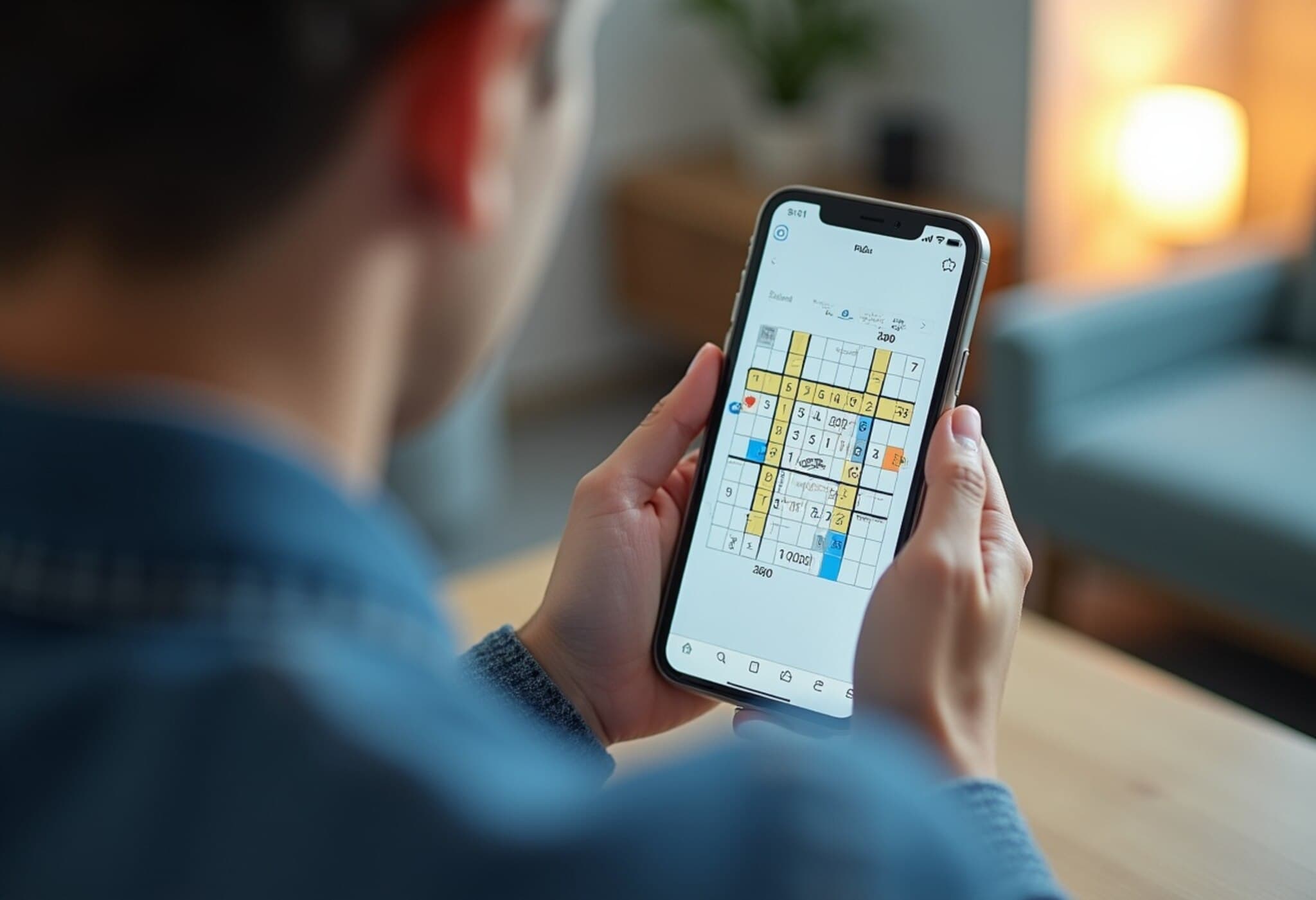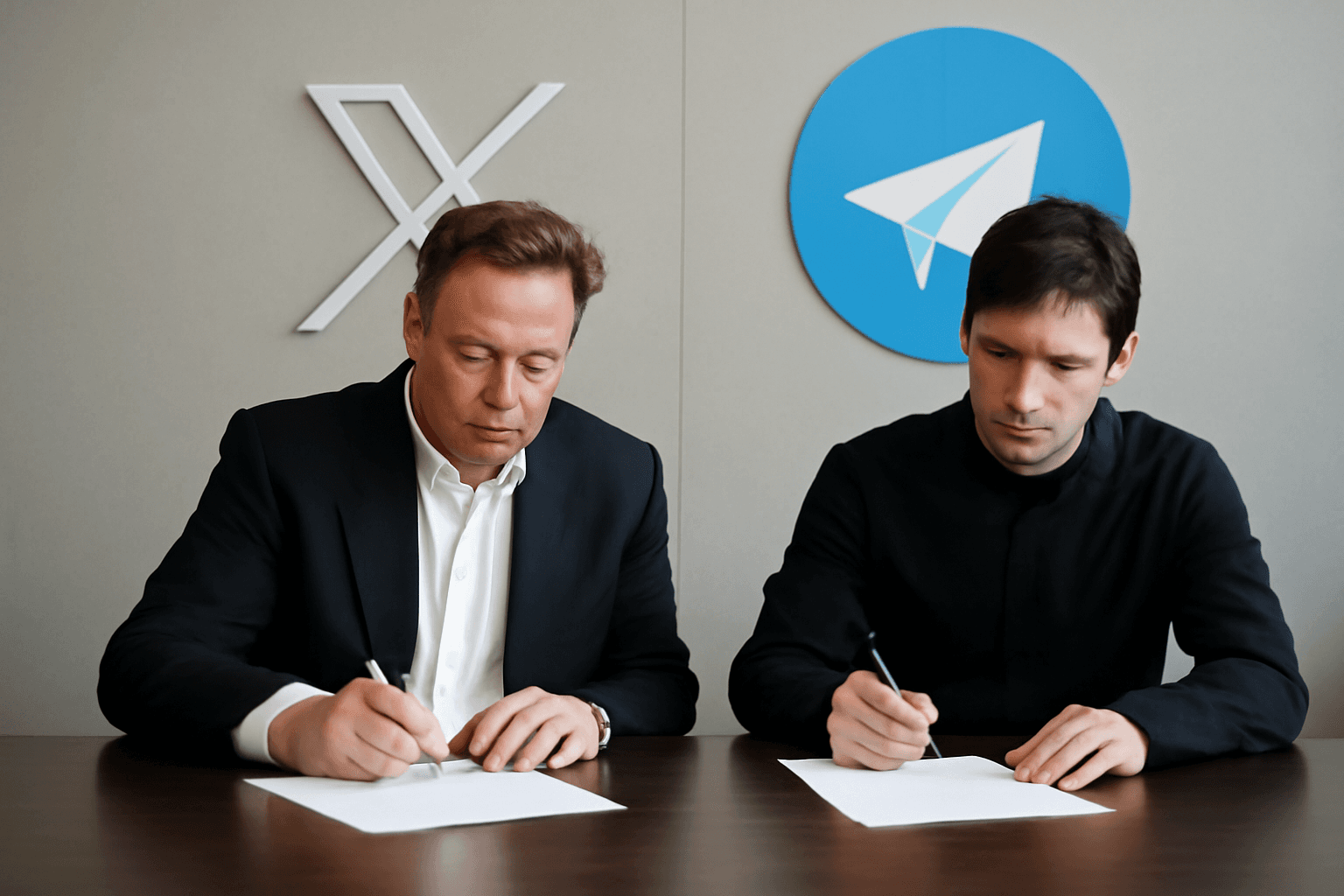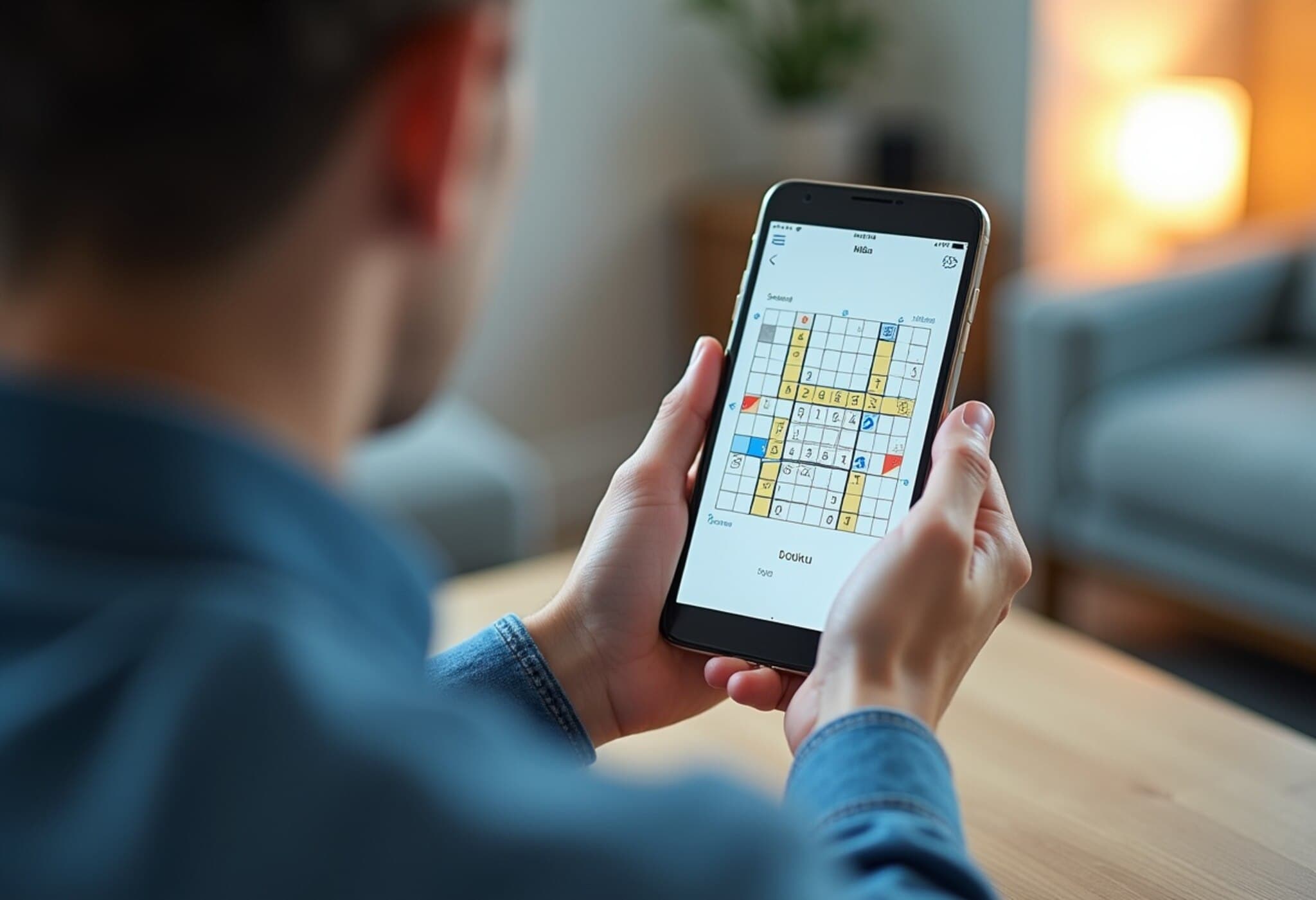LinkedIn Introduces Mini Sudoku: A Fresh Twist on a Classic Puzzle
LinkedIn, the global professional networking platform boasting over 1.2 billion users, has unveiled an intriguing new feature to its app—a puzzle game called Mini Sudoku. This game takes the traditional 9x9 Sudoku grid and reimagines it into a compact, fast-paced 6x6 version designed to be solved within just two to three minutes.
Why Mini Sudoku? Engaging Users in Minutes, Not Hours
Unlike conventional Sudoku puzzles that can require upwards of 20 minutes to complete, LinkedIn’s Mini Sudoku aims for quick daily engagement. The difficulty ramps up progressively as the week unfolds, encouraging users to return day after day. This move strategically gears LinkedIn toward fostering friendly competition among colleagues, friends, and families who connect through the platform.
As Lakshman Somasundaram, LinkedIn’s Senior Director of Product, explained to CNBC, “We don’t want to have a puzzle on LinkedIn that takes 20 minutes to solve. We’re not games for games’ sake.” Instead, Mini Sudoku is crafted to spark brief yet meaningful interactions during breaks or downtime, subtly weaving fun into a professional networking environment.
The Expert Behind the Game: Thomas Snyder’s Role
One of the standout aspects of this launch is the participation of Thomas Snyder, a three-time World Sudoku Champion. Snyder collaborated with LinkedIn’s team in designing the game’s mechanics and elevating its appeal. This partnership adds significant credibility and expertise, ensuring the puzzle maintains authenticity while adapting to the platform’s engagement goals.
Mini Sudoku was inspired following LinkedIn executives’ meeting with Nikoli, the renowned Japanese publisher credited with popularizing Sudoku globally, during a visit to Tokyo last year. Multiple prototypes were tested before settling on the 6x6 layout to strike the perfect balance between challenge and accessibility.
LinkedIn’s Growing Game Portfolio and User Engagement Insights
Mini Sudoku is now LinkedIn’s sixth in-app game, highlighting the company’s growing commitment to diversifying user experience beyond traditional networking.
- Peak Play Time: The most popular slot for playing Mini Sudoku is at 7 a.m. ET (4:30 p.m. IST), aligning with early morning routines or afternoon breaks.
- Demographics: Gen Z users are the top demographic engaging with these games, signaling a successful outreach to younger professionals.
- Retention Rates: Over 86% of Mini Sudoku players return the next day, while 82% continue playing the game into the following week—strong indicators of user retention.
Beyond Entertainment: What Mini Sudoku Means for Professional Platforms
Adding casual games like Mini Sudoku reflects an evolving understanding of user psychology and digital behavior. For a platform traditionally grounded in professional networking, such features address a universal craving: brief moments of mental escape without sacrificing productivity.
Moreover, this initiative aligns with broader trends where social networks diversify features to increase user session times and daily active engagement. It also opens doors for informal interactions that can strengthen workplace relationships, a vital factor for remote or hybrid work cultures.
Unanswered Questions and Future Considerations
While the immediate engagement metrics appear promising, some critical questions linger for further exploration:
- How will LinkedIn balance gaming distractions with its core professional value proposition?
- Could Mini Sudoku and related games evolve to include networking or professional development angles?
- What mechanisms are in place to ensure these features remain inclusive, avoiding potential disengagement from users less inclined toward gaming?
Editor's Note
LinkedIn’s move to embed Mini Sudoku reveals a strategic fusion of entertainment and networking, demonstrating adaptability in user engagement strategies. By combining the intellectual rigor of Sudoku with the platform’s professional context, LinkedIn is cultivating a nuanced environment where work and play coexist. This raises compelling questions about the future of digital professional spaces—will they evolve into blended ecosystems of productivity and recreation? For users, the challenge lies in striking the right balance to ensure such innovations enhance rather than dilute the platform’s value.












